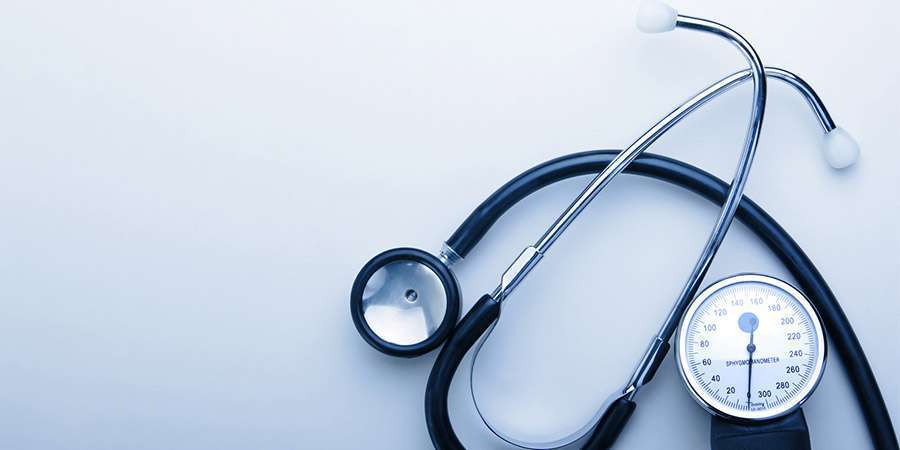The intensified regulatory and financial support is about to make healthcare smarter, cheaper and more effective. Healthcare providers strive to improve patients` access and experience, and adoption of high-end healthcare technologies is the best solution. We`ve rounded up to 5 trends that are about to change the healthcare industry.

written by:
Anton Rykov
Product Manager, Qulix Systems
The intensified regulatory and financial support is about to make healthcare smarter, cheaper and more effective. Healthcare providers strive to improve patients` access and experience, and adoption of high-end healthcare technologies is the best solution. We`ve rounded up to 5 trends that are about to change the healthcare industry.
Trend #1 Cyber security
Cyber security issues have long become a pivotal point of monthly agendas at healthcare institutions. The threat of outside breaches poses serious threat to patient’s privacy and safety. However, the information about the attacks is not new.
Bloomberg technology reported that criminal attacks against healthcare providers doubled in the past five years. Today hackers focus on medical institutions even more than on retail and financial sectors. The only explanation is that medical information is worth 10 times more on the black market, according to Reuters.
Risk assessment shows the protection measures are to be intensified across medical institutions. In recent years, the importance of the CIO (chief information officer) role has grown increasingly as cyber attacks become more sophisticated and damaging to an organization’s reputation. Given the profound implications of cyber attacks on a health system and the danger related to patient information, these issues need to be addressed at the highest level in the organization. Moreover, it has become highly essential to adopt policies and security safeguards to protect patients` health data.
Trend #2 Health wearables and mobile apps
It is noticed that health wearables help patients take control of their health. Wearables have become a powerful tool for the patients` self-motivation and self-tracking. According to PwC report, one in ten Americans uses a wearable fitness device every day.
Another study shows that patients` quality care improves when patients use health devices for self-reporting. The patients inputted any symptoms they experienced into an online patient portal in real-time. The study found that because a physician had highly accurate recorded data, the physician, in turn, was able to provide better treatment. The patients likely benefited from closely following their own symptoms as well. Both the physician and the patient made better decisions in the treatment plan because of increased communication and overall knowledge.
Trend #3 Telemedicine
Telemedicine is showing significant gains in delivering primary care. The world will continue to see a wider adoption of telehealth services for ambulatory and specialty care for three reasons:
- It provides "immediate awareness". The doctors know what's going on with a patient and can move the right resources fast with the push of a button.
- It radically reduces communication overhead
- It can significantly reduce operating costs. Studies have shown that remote monitoring and telehealth services can reduce readmissions and unnecessary admissions.
Trend #4 Big Data
Healthcare institutions slower than others started the adoption of big data technologies mainly because the ROI hasn`t been very clear. Nevertheless, the situation is changing. Of all the technological opportunities, big data can lead to the greatest near-term impact on the clinical and operational side.
Trends #5 Internet of things
Just like it happened with Big Data adoption health care provider didn`t speed up. However, there are three reasons for quicker adoption of IoT:
- Innovation in hardware components creates cheaper and more advanced medical devices, such as a WiFi-enabled blood pressure monitor connected to the EHR or RTLS for smoother patient care coordination.
- The general purpose of sensors becomes more reliable for healthcare use.
- Devices are becoming smart, but making them all work together is painful. It's good to have bed sensors that talk to the nursing station, and they could become a part of a top level "platform" within the hospital. More sensors also mean more data, which stimulates providers to create a "backend platform" to collect, process and route sensors to the right place at the right time.
IT - a vital key to improvement of care delivery in health care institutions. Integration of health IT into all aspects of an organization is the critical point on the road to achievement of Meaningful Use standards and compliance, patient safety, revenue cycle management, operational efficiencies and much more. Today IT has become a critical business imperative in healthcare.
It is obvious that healthcare providers will continue to discuss every step of innovations. However, they clearly understand the importance of investing in healthcare IT, which is a sound reason to move forward.

Contacts
Feel free to get in touch with us! Use this contact form for an ASAP response.
Call us at +44 151 528 8015
E-mail us at request@qulix.com




